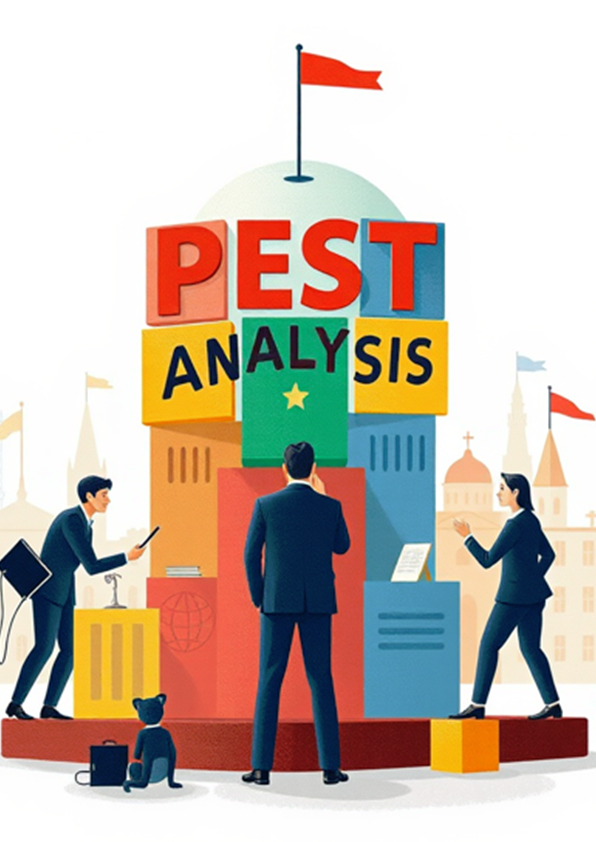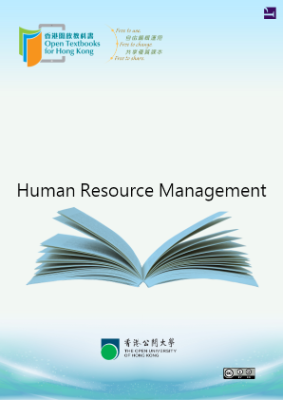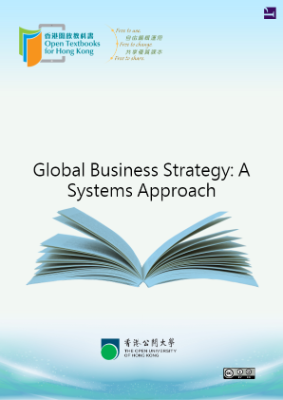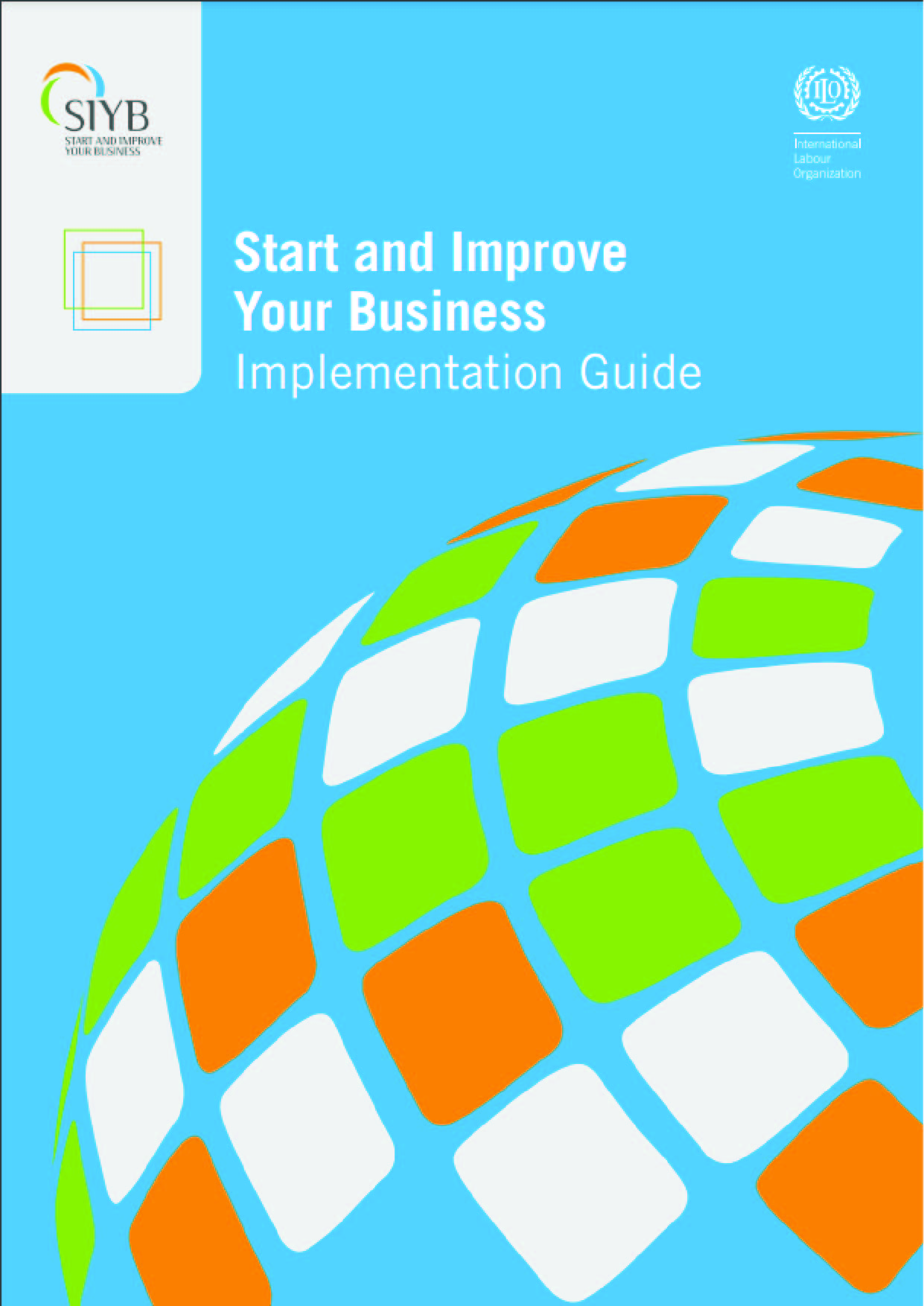What is PEST Analysis?
10-12 minutes
The PEST analysis is a useful tool for understanding market growth or decline, and as such the position, potential and direction for a business. PEST is an acronym for Political, Economic, Social and Technological factors, which are used to assess the market for a business or organizational unit. Sometimes it’s expanded to include legal and environmental factors and called a PESTLE analysis.
A PEST analysis guides us to identify effective strategies for setting priority, allocating resources, planning for time and development roadmap and formulating control mechanisms. With this analysis, you can identify potential opportunities and threats associated with your strategy and figure out ways to take advantage of them and avoid them.
Political Factors
These are all about how and to what degree a government intervenes in the economy. This can include – government policy, political stability or instability in overseas markets, foreign trade policy, tax policy, labour law, environmental law, trade restrictions and so on.
It is clear from the list above that political factors often have an impact on organisations and how they do business. Organisations need to be able to respond to the current and anticipated future legislation, and adjust their marketing policy accordingly.
Economic Factors
Economic factors have a significant impact on how an organisation does business and also how profitable they are. Factors include – economic growth, interest rates, exchange rates, inflation, disposable income of consumers and businesses and so on.
These factors can be further broken down into macro-economical and micro-economical factors. Macro-economic factors deal with the management of demand in any given economy. Governments use interest rate control, taxation policy and government expenditure as their main mechanisms for managing macro-economic factors.
Micro-economic factors are all about the way people spend their incomes. This has a large impact on B2C organisations in particular.
Technological Factors
We all know how fast the technological landscape changes and how this impacts the way we market our products. Technological factors affect marketing and the management there of in three distinct ways:
- New ways of producing goods and services
- New ways of distributing goods and services
- New ways of communicating with target markets
Analyzing these factors will help you and your team gain a comprehensive understanding of the external (macro environmental) factors that may positively or negatively affect your company’s strategic planning process. With access to such knowledge, you can quickly come up with strategies that would put the company on the fast track to achieving its goals.











